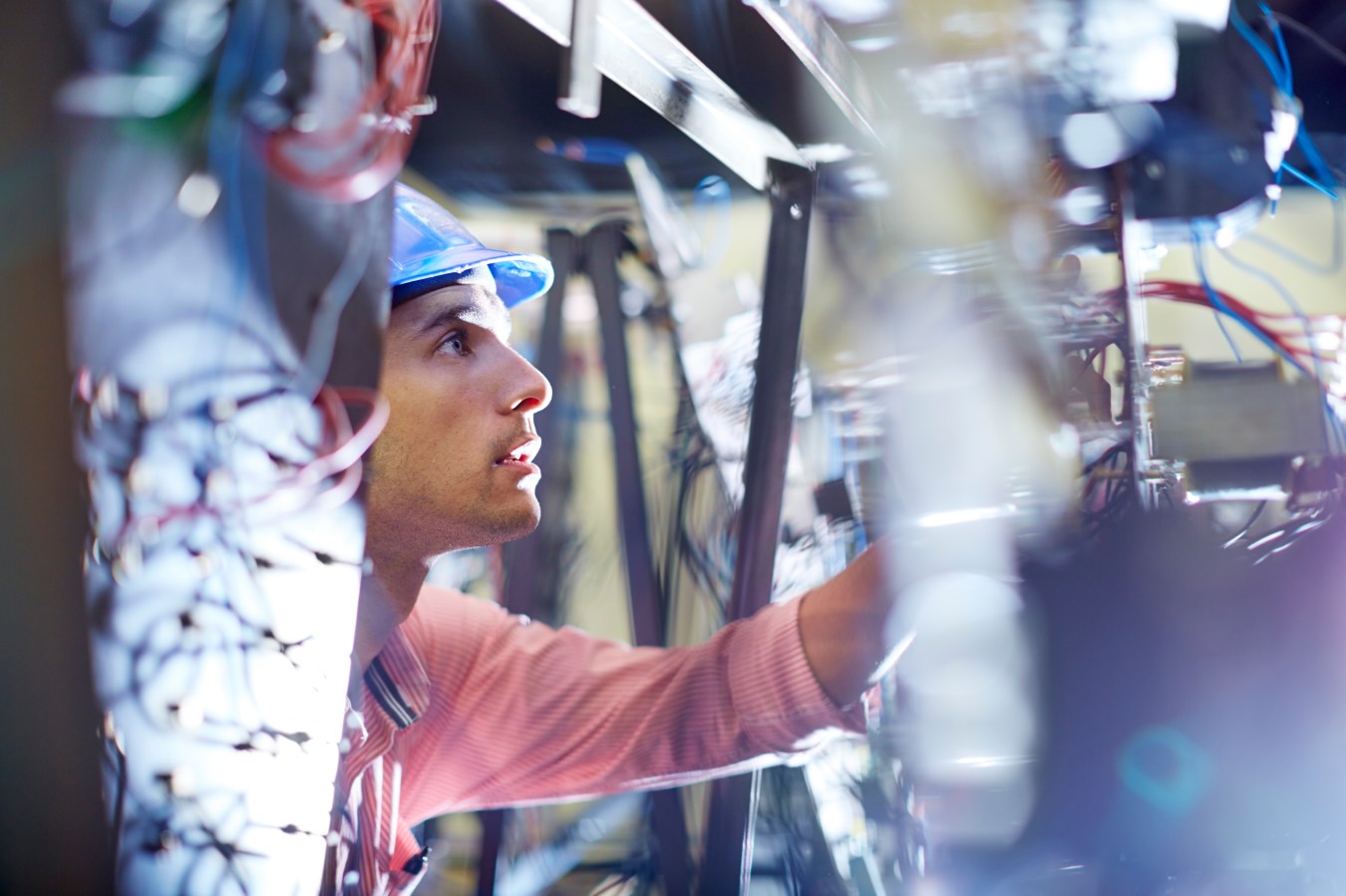At least 17 per cent of men have received AI training in the last 12 months. Yet only 7 per cent of women were given the same opportunity. It may be because of the ‘pipeline problem’, according to new research.

“There is a real divide between what women want in terms of learning around technology, in generative AI, and what’s actually being provided to them,” says Joanne Jakobs, the NSW director of human resources firm Randstad. “There’s a bias towards men having greater access to the learning opportunities around this future space than women do.”
The insights that Randstad published this week come from interviews with 7500 people in 10 countries. 900 of the interviewees were in Australia.
Half of the women surveyed say that AI upskilling is essential to maximising their future earning potential, and staying relevant in a fast-evolving work environment. 43% of female respondents believe that learning how to use AI will determine their viability for promotions.
According to Randstad, if women are not in data science, engineering, and developer positions that provide training in emerging technology, they may be at a disadvantage.
“Unless we get more women into those jobs, we’re just not going to expose them to the learning of the future,” says Jakobs. “These professional development opportunities around AI automation, machine learning, they’re often in engineering, science and technology roles.”
To solve this issue, we need to look at the pipeline of talent coming into STEM positions after university. Australian Department of Education data shows a 31% uptick in the number of women enrolled in STEM courses between 2015 and 2021. But that still equates to just 37% of overall enrolment in STEM programs, meaning that the vast majority — 63% — of students are male.
There are two STEM sectors where women make up over half of student enrolments. Natural and physical sciences; and agriculture, environmental and related studies. When turning to engineering however, less than a fifth of students are female. IT is only slightly better, where 21% of those enrolled are women.
| FEMALE UNDERGRADUATE ENROLMENT AND COMPLETION: ENGINEERING AND IT | ||
| Engineering and related technologies enrolments | 19% | |
| Information Technology enrolments | 21% | |
| Engineering and related technologies completions | 18% | |
| Information Technology completions | 23% |
“The companies are crying out for women, they want more gender equity, but for some reason further down, there are just not enough girls going into those subjects at university,” says Jakobs.
It is a problem that starts early in women’s lives according to researchers. Deakin and Melbourne Universities partnered on a study in 2020 exploring the attitudes of girls towards STEM subjects. Professor Russell Tytle was one of the lead authors on the study, which found that girls as young as six associate the world of math with boys. He says this is an example of the ‘deeply embedded gender bias in our cultural expectations and traditions.’
“What it is to be ‘a girl’ and how girls are encouraged to be a part of the world is constrained and directed by cultural stereotyping and experiences from an early age,” Professor Tytle stated in the report.
These gender norms can form sentiments that carry through into the final years of secondary school. The ‘Girls Future – Our Future’ study found that physics and advanced mathematics are the subjects that have the lowest female representation, and yet are the primary subjects that ‘open up tertiary and career opportunities in the field of science.’

With so few women going into these roles, it is crucial to find other avenues of training in emerging technologies that will be the key to leading the workforce of the future says Jakobs. She would like to see companies offer training within workday hours to ensure that employees can attend without taking time out from other responsibilities.
Jakobs also recommends that women take control of their own upskilling in AI.
“You have to take ownership of this and put it on the table and force conversation about it. No one wins when women see that there’s a gap and sit back,” says Jakobs. “If you are interested in learning about AI and you want to be skilled in it, or bridge a gap in your skills, take ownership of your own learning and go out and seek what’s available externally as well as internally.”
She recommends LinkedIn Learning as a tool that can be accessed by anyone looking to upskill. Jakobs also believes that becoming familiar with generative AI in day-to-day life can equip people with skills they need to take the next steps in their career.
“We know that men are already twice as likely to be using AI tools at work than women,” says Jakobs. “But ChatGPT was only launched in November ‘22. We’re on a really big learning curve and I think we need to lean into that moment. So, I would say to anybody, but to women in particular, don’t downplay your knowledge. Go out and take ownership of your knowledge, don’t give away your own power and autonomy in the learning cycle.”

Look back on the week that was with hand-picked articles from Australia and around the world. Sign up to the Forbes Australia newsletter here or become a member here.


